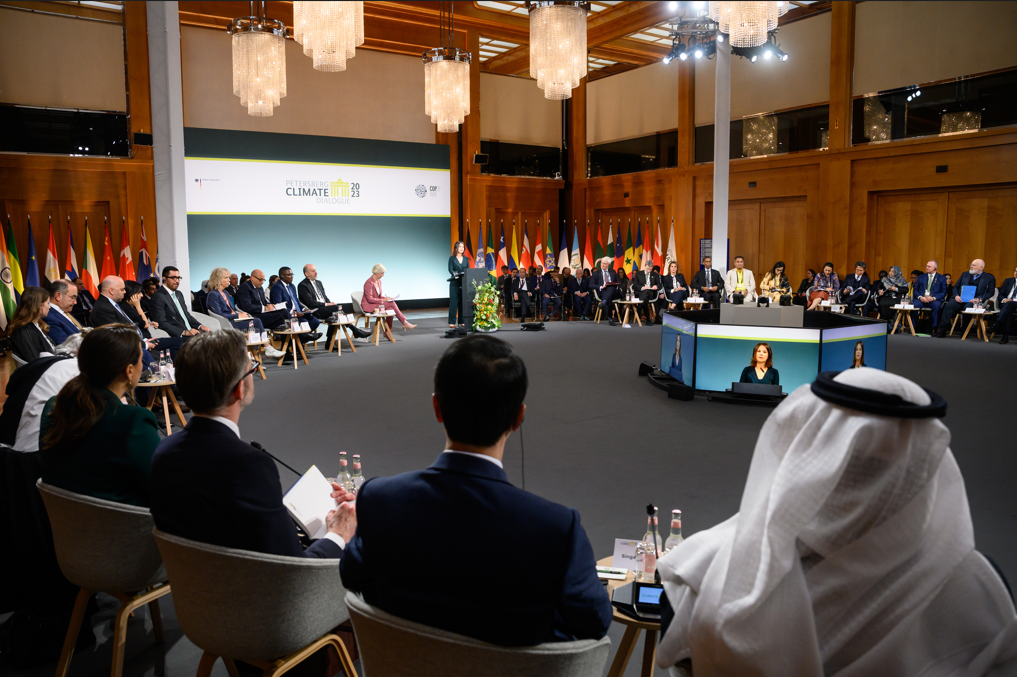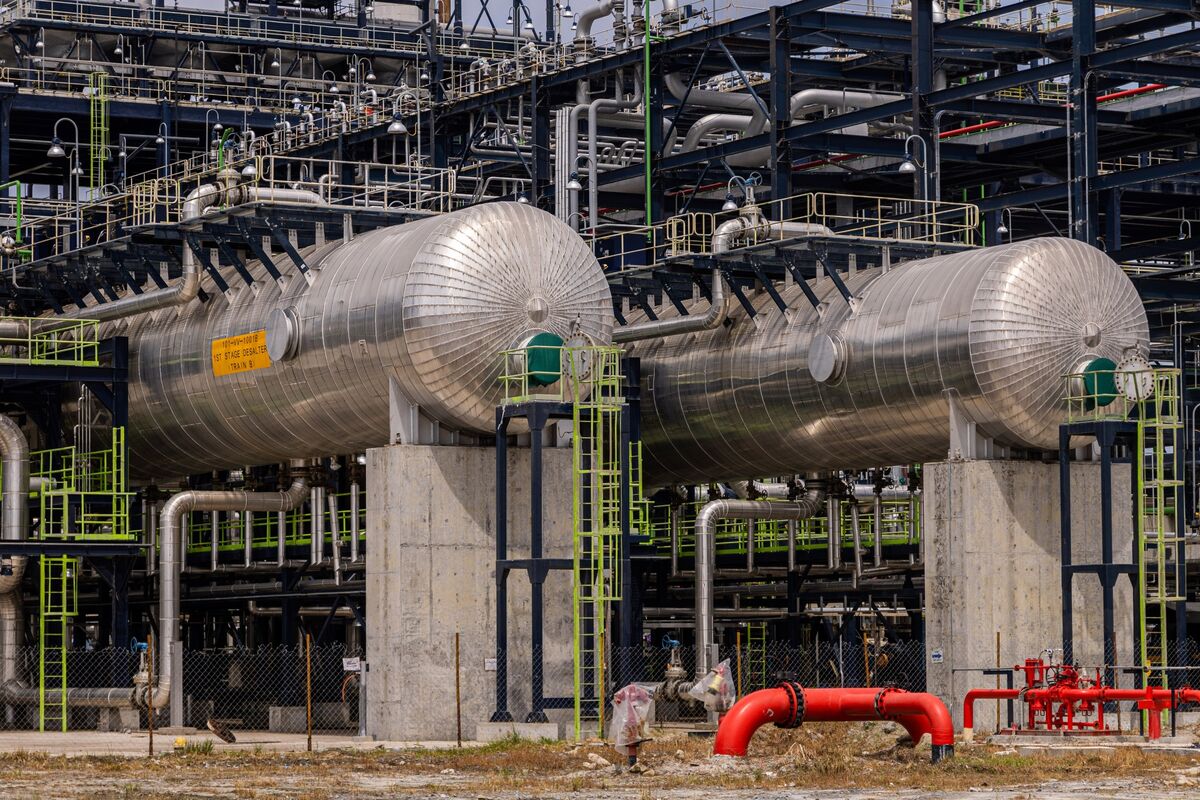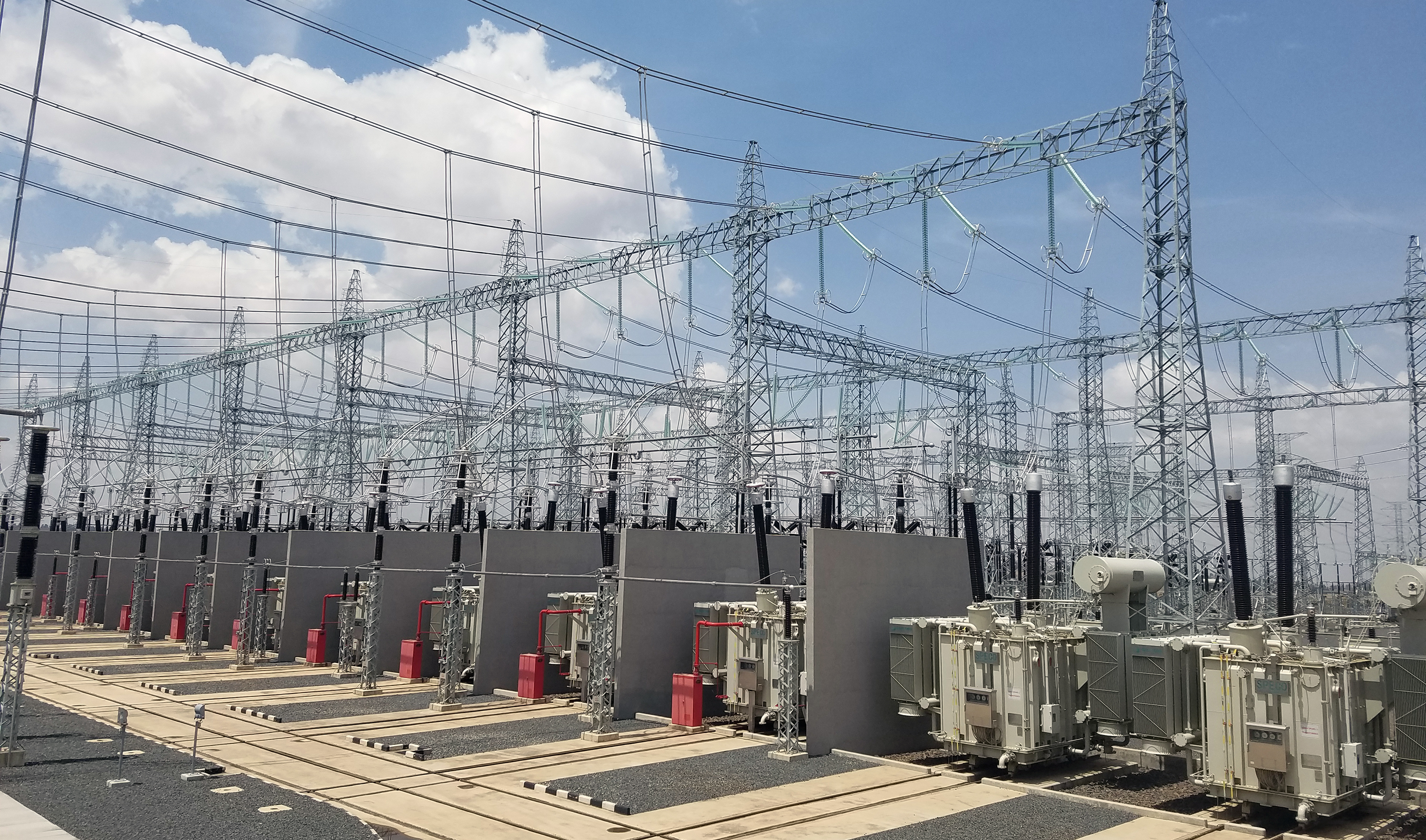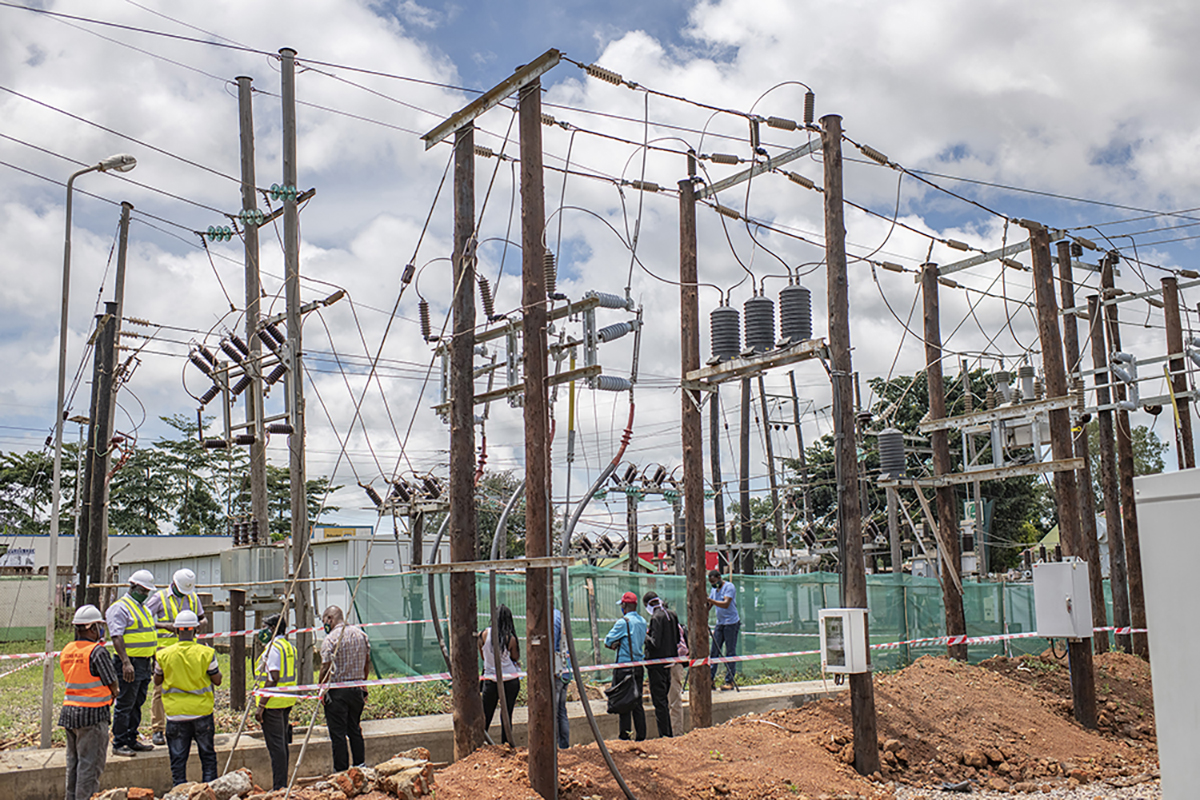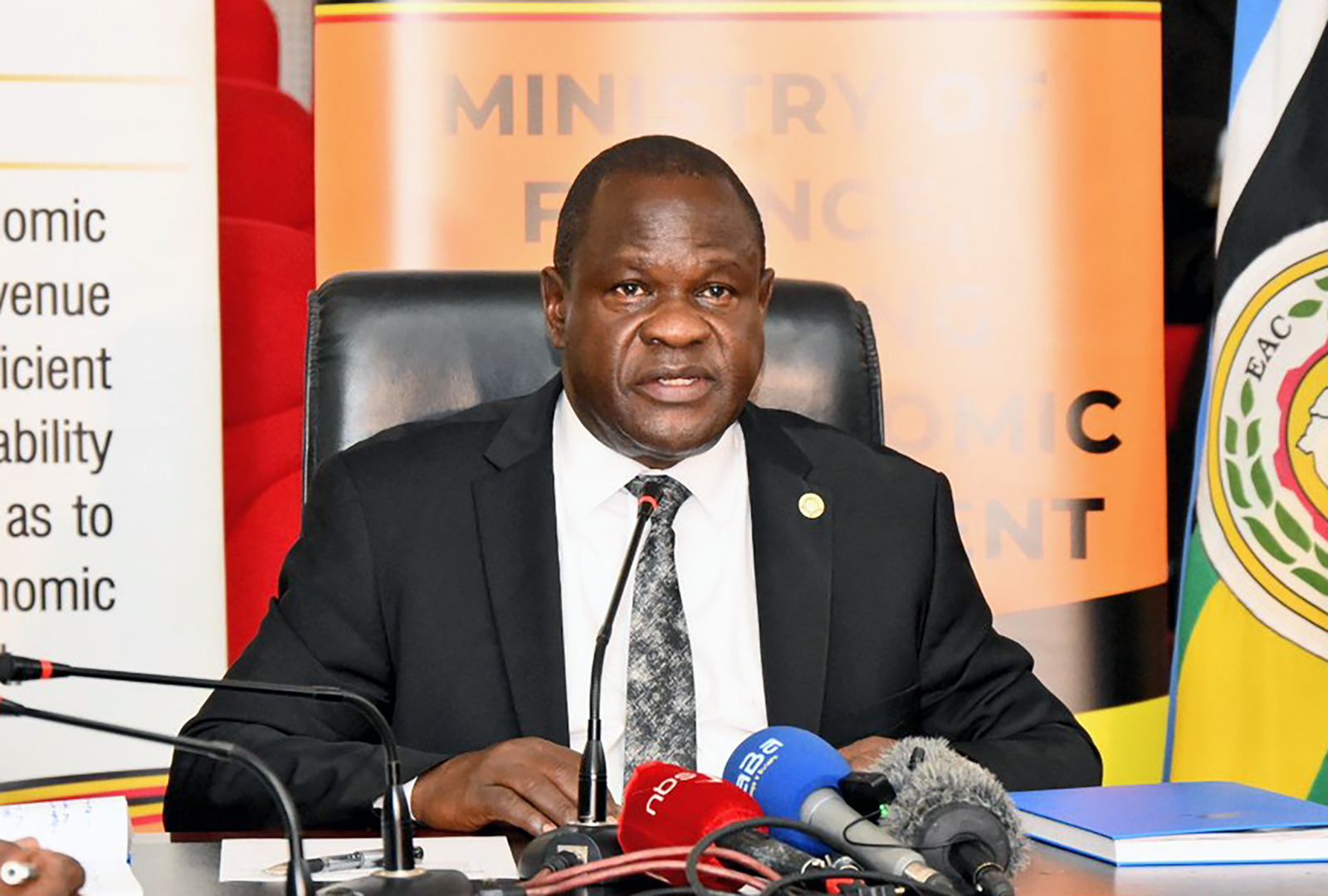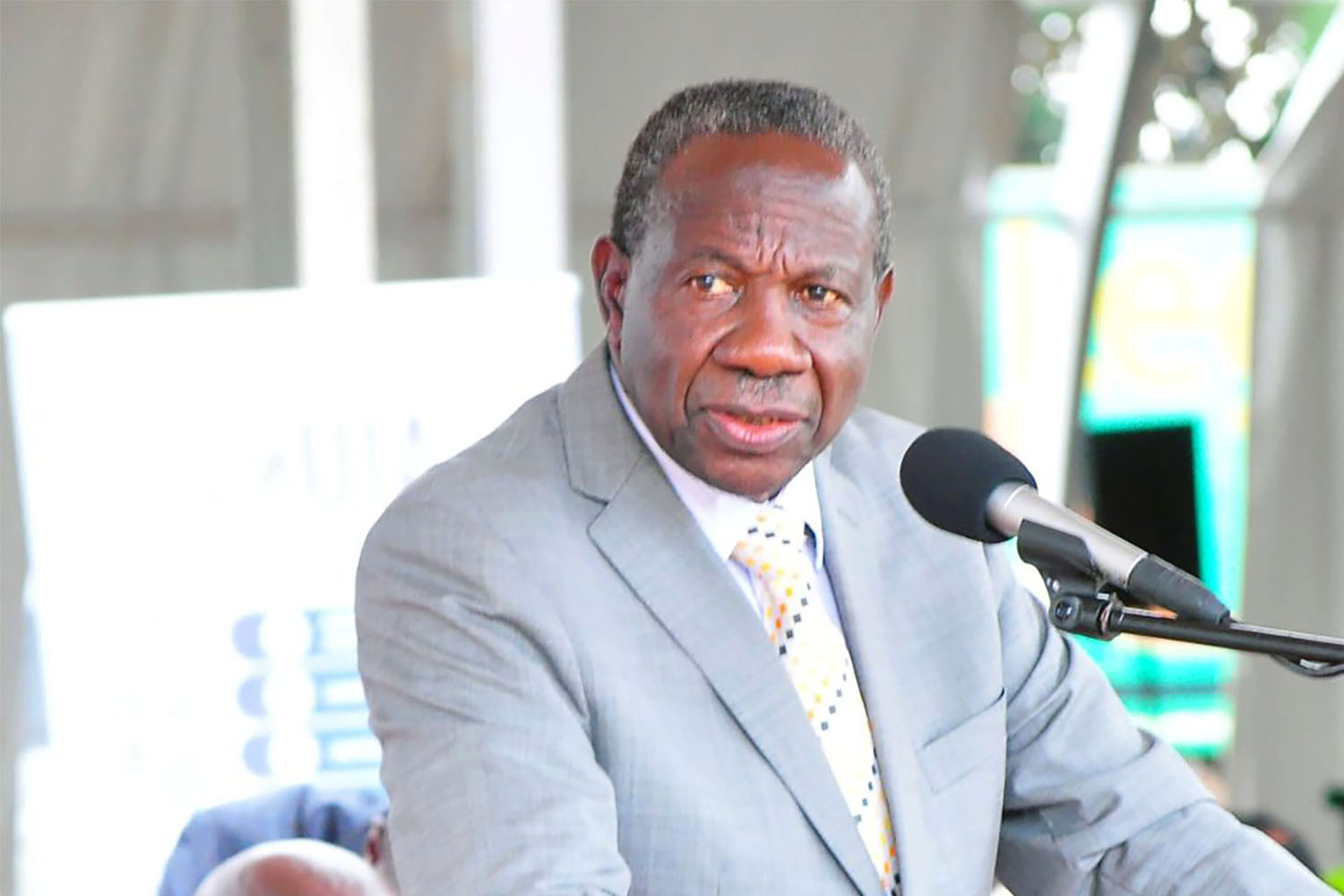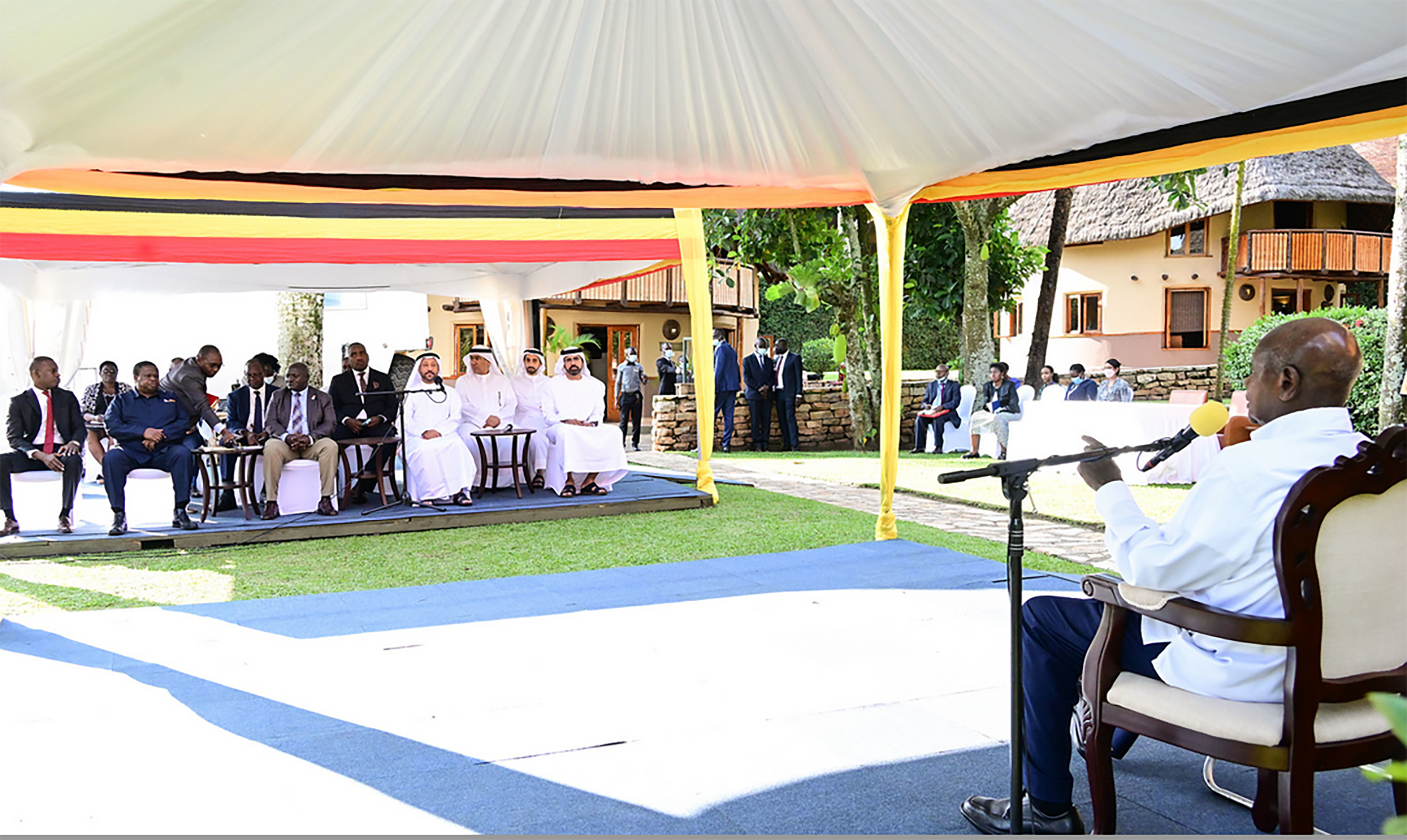Government cuts power tariffs but doubts persist

Umeme technicians interact with a large power consumer in the field recently. Whereas the exit of imminent exit of Umeme could lower tariffs for the final consumer, questions persist about how sustainable the network would be in Government hands. FILE PHOTO
The Government of Uganda, through the Electricity Regulatory Authority (ERA), has announced a reduction in electricity end-user tariffs for the first quarter of 2025. The move, according to ERA Chief Executive Officer Ziria Tibalwa Waako, aims to make electricity more affordable for consumers while maintaining the long-term viability of the energy sector.
Under the new tariff, domestic consumers will pay UGX 775.05 per unit, a reduction from the previous UGX 796.05.
In a press briefing held at the Media Centre in Kampala, Waako emphasized the importance of balancing affordability and sector sustainability. “Electricity is a critical driver for industrialization and household comfort. This tariff reduction reflects our commitment to making energy accessible without compromising the financial health of the sector,” she said.
- The new tariffs are part of a broader strategy by the government to increase electricity access and lower costs for critical public resources, such as schools, hospitals, and government institutions. Energy Minister Ruth Nankabirwa highlighted the cautious approach taken to ensure sustainability.
“This is aimed at making electricity more affordable to critical public resources, and I hope they will now be able to pay us timely. However, any reduction in tariffs must be gradual to ensure the sector remains functional,” Nankabirwa noted. She stressed the need to maintain tariffs at levels that support production and operational costs. “You can’t just reduce tariffs drastically and expect the sector to remain functional because the tariff is used to maintain production. So there are parameters that must be followed,” she added.
ERA Board Chairman Wasagali pointed to easing economic determinants as key contributors to the tariff adjustments. “The factors driving the reductions include declining inflation, a stable foreign exchange rate, and increased generation capacity. These are creating an environment where tariff sustainability can be achieved,” he explained.
- In addition to relatively lower fuel prices, inflation has remained under control at about 3%, lower than the medium-term target of 5%, while the exchange rate currently stands at UGX3,693 to the Dollar, down from UGX3,907 in March last year.


Several other factors are expected to sustain further tariff reductions in the future. Uganda’s installed generation capacity, currently at 2,050 megawatts, is approximately double the country’s demand. The ongoing commissioning of new plants like Karuma Hydropower Dam and the integration of the West Nile region into the national grid are also anticipated to enhance capacity and lower production costs.
The officials further anticipated that the handover of Umeme’s operations to the Uganda Electricity Distribution Company Limited (UEDCL) would usher in a new tariff structure by April 2025. Minister Nankabirwa suggested this change could further lower tariffs, stating, “The high tariffs have always been blamed on high investment costs by private sector licensees. A re-based tariff regime will reflect UEDCL’s operational efficiencies and expanded distribution network.”
Furthermore, the renewal of the corporate income tax waiver for Bujagali Energy Ltd in June 2025 will significantly impact operational costs and pricing.
Furthermore, the renewal of the corporate income tax waiver for Bujagali Energy Ltd in June 2025 will significantly impact operational costs and pricing.
- While consumers would welcome the tariff reductions, gradual reductions must ensure the sector's financial stability to avoid interruptions in power supply in future.
- As Uganda navigates these changes, sustainability remains the cornerstone of the government’s efforts to balance affordability and the growth of the energy sector. Whether this approach succeeds would depend on disciplined implementation and continuous monitoring of the key parameters driving the electricity market.
Under the new tariff plan, commercial consumers will benefit from a new average rate of UGX 575.02 per unit, down from UGX 599.09. The medium industrial consumers have seen tariffs adjusted further, with the industrial sub-category paying UGX 417.08 per unit and the services sub-category paying UGX 434.05 per unit.
For large industrial consumers, the category has been divided into two sub-categories: • Manufacturing, which will now pay UGX 351.05 per unit • Services, which will pay UGX 367.01 per unit.


.jpg)

